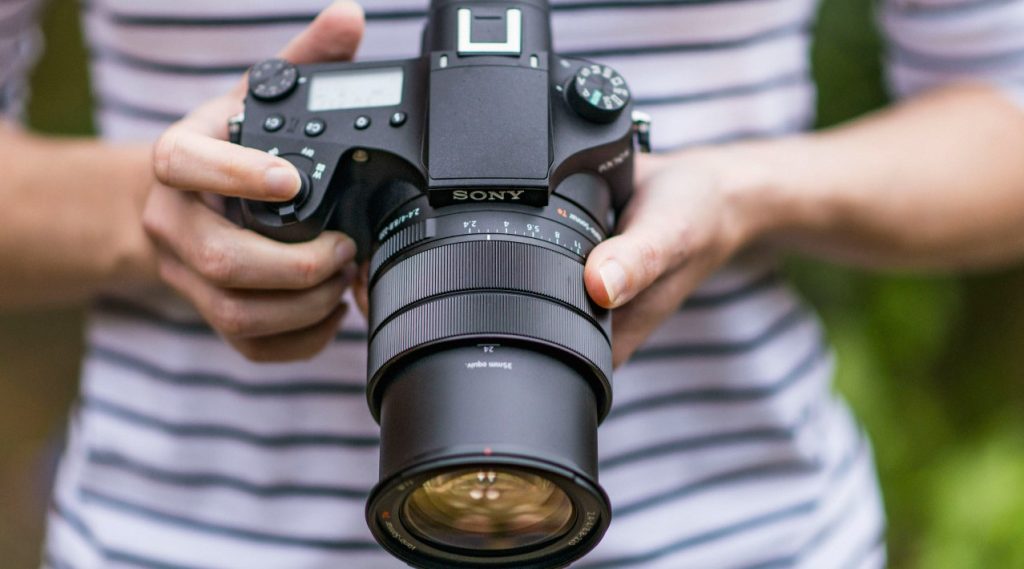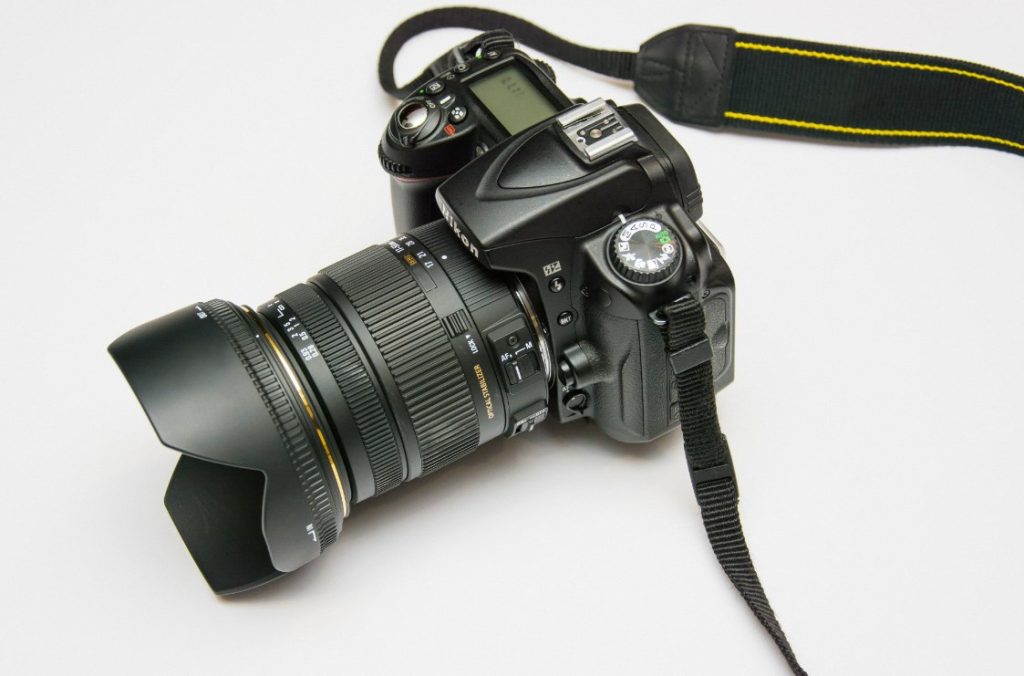The world of photography can seem intimidating, especially when faced with a sophisticated camera like a Canon. But fear not, aspiring photographer! This guide will equip you with the essential knowledge to capture stunning images with your Canon camera, even if you’re a complete beginner. We’ll break down the fundamentals, explore creative modes, and offer tips to elevate your photography from snapshots to captivating stories. So, grab your Canon, unleash your creativity, and get ready to take your first steps on this exciting photographic journey.
Part 1: Mastering the Basics: Understanding Your Canon Camera

Modes for Every Moment:
Modern Canon cameras offer a variety of shooting modes, catering to different skill levels and situations. The “Auto” mode is your perfect starting point. It takes care of all the technical settings, allowing you to focus on composing your shot. As you gain confidence, experiment with the “Program” mode. This gives you more control over some settings, like exposure compensation, while still automating most functions. Graduating to Aperture Priority (Av) or Shutter Priority (Tv) modes allows you to control depth-of-field or motion blur, respectively, for more creative control.
Befriending the Exposure Triangle:
The “exposure triangle” is the foundation of photography. It consists of three key elements: aperture, shutter speed, and ISO. Aperture controls the size of the opening in your lens, affecting how much light enters the camera and the depth-of-field (the area in focus). Shutter speed determines how long the sensor is exposed to light, influencing motion blur. Finally, ISO controls the camera’s sensitivity to light. Mastering these three settings will unlock your creative potential and allow you to capture stunning images in various lighting conditions.
Part 2: Composition Techniques: Framing Your Story

The Rule of Thirds:
Unleash the visual power of your Canon with the rule of thirds! Imagine a tic-tac-toe grid on your viewfinder, dividing the frame into nine squares. The magic happens at the four points where the lines intersect. These sweet spots are where you want to position your subject, not smack dab in the center. Why? Center placement can feel static and uninspired. Off-center placement, following the rule of thirds, creates a more dynamic and visually pleasing composition. It naturally guides the viewer’s eye around the image, adding a sense of balance and interest. This simple technique is a cornerstone of good photography, and your Canon camera’s viewfinder might even have a built-in grid to help you visualize it. So, ditch the dead-center approach and embrace the rule of thirds for captivating Canon photos!
Leading Lines and Negative Space:
Leading lines are elements within your frame that draw the viewer’s eye towards your subject. Lines like roads, fences, or rivers can guide the viewer’s gaze to the focal point of your image. Conversely, negative space, the empty space surrounding your subject, can add emphasis and a sense of balance. Using negative space effectively can create a more minimalist and impactful photo. Explore these techniques to add a sense of order and guide the viewer’s visual journey within your photo.

Part 3: Experimenting with Light: Capturing the Moment
The Power of Natural Light:
Natural light is your secret weapon for stunning Canon photos. It’s flattering and versatile, letting you capture the scene’s true beauty without extra lighting gear. The golden hour, just after sunrise or before sunset, is pure magic. It bathes your subject in a warm, soft light, perfect for dreamy portraits or landscapes. Don’t be afraid of cloudy days! Diffused light creates even illumination, ideal for detailed close-ups or product shots. Feeling adventurous? Experiment with shadows and backlighting for dramatic effects. Shooting in shadows adds mystery, while backlighting highlights your subject’s edges, making it pop. Remember to adjust exposure to avoid silhouettes. Mastering natural light is about understanding its different moods and using them creatively.
Creative Use of Flash:
Built-in flashes often get a bad rap for creating harsh, unflattering light. But fear not, Canon users! This little pop-up friend can be a valuable tool in your photography arsenal. The key lies in diffusing the flash. Try bouncing it off a wall or ceiling for a softer, more natural-looking light that illuminates your subject beautifully. For even more creative control, explore off-camera flash setups. This allows you to position the flash independently, creating dramatic lighting effects and separating your subject from the background. Mastering light is the key to setting the mood and atmosphere of your photo. So, don’t be afraid to experiment and unleash your creative vision with your Canon’s flash capabilities!

Part 4: Beyond the Basics: Taking Your Canon Photography Further
Embrace the Autofocus, But Learn Manual Focus Too:
While Canon’s autofocus is undeniably impressive, wielding manual focus unlocks a whole new level of creative control. Imagine meticulously selecting the focal point, ensuring a specific element in your shot pops with razor-sharp clarity. This allows you to draw the viewer’s eye exactly where you want it, crafting a more intentional and impactful image. But manual focus isn’t just about precision. It empowers you to create artistic effects like bokeh, that dreamy, blurred background aesthetic beloved by portrait photographers. Mastering manual focus takes practice, but the rewards are substantial. You’ll gain a deeper understanding of how focus interacts with composition, and unlock a world of creative possibilities with your Canon camera. It’s like trading training wheels for artistic freedom, allowing you to truly express your vision through precise focus control.
Editing: Enhancing Your Photos:

While capturing a great image starts in-camera, editing software like Photoshop or GIMP can add that final polish. These tools let you fine-tune the exposure by adjusting brightness, shadows, and highlights. You can also tweak the contrast for a more dramatic look or adjust the color balance to achieve a warmer or cooler tone. Remember, though, the best edits are subtle. Think of them as enhancing the natural beauty of your photo, not creating an entirely different image. A few well-placed tweaks can elevate your photo from good to great, letting your creative vision truly shine.
Conclusion:
Photography is a journey of exploration and discovery. With your Canon camera as your trusted companion, these beginner’s tips will get you started on capturing the world around you in captivating images. Remember, practice is key! Experiment, have fun, and let your creativity run wild. The world is waiting to be captured through your lens.


